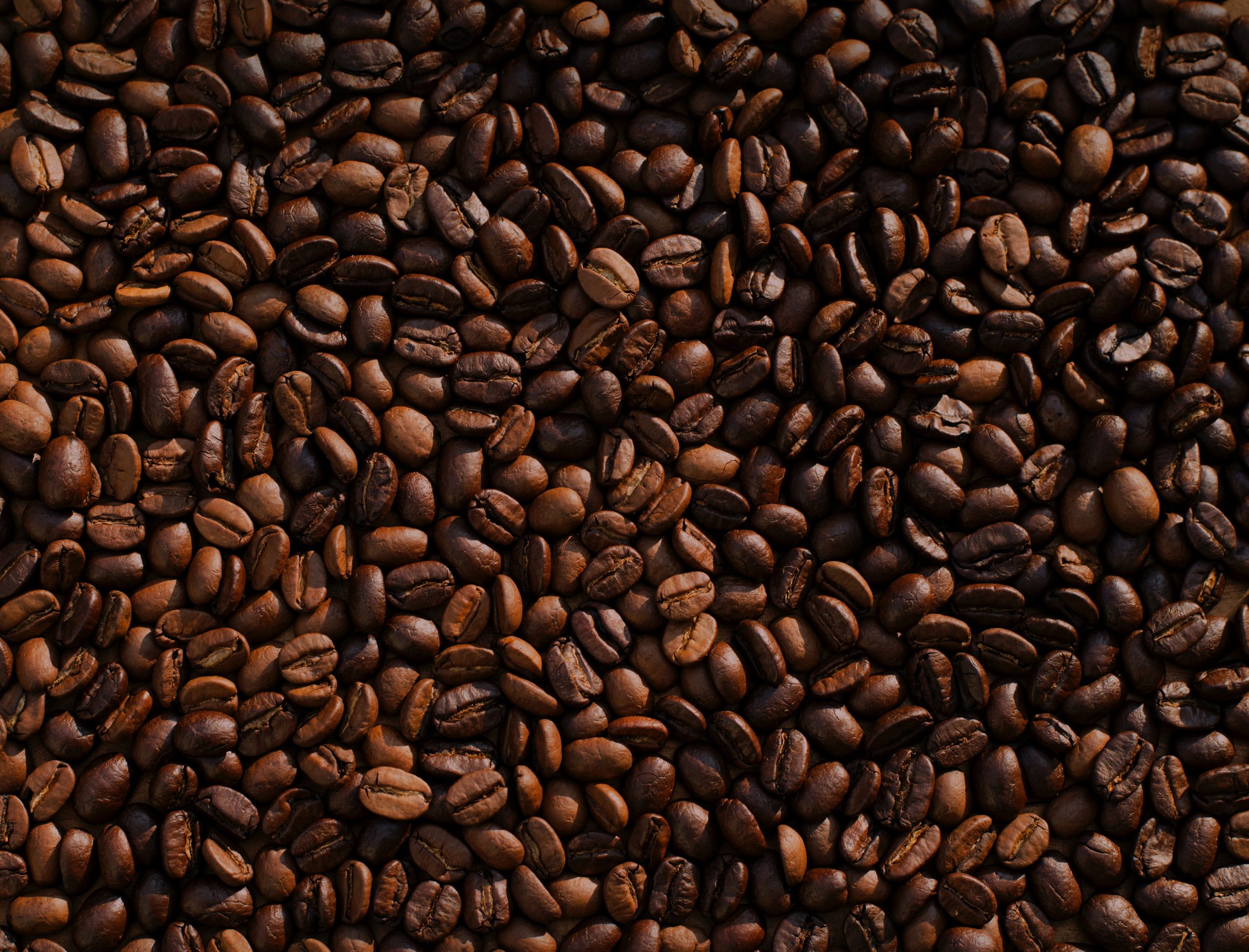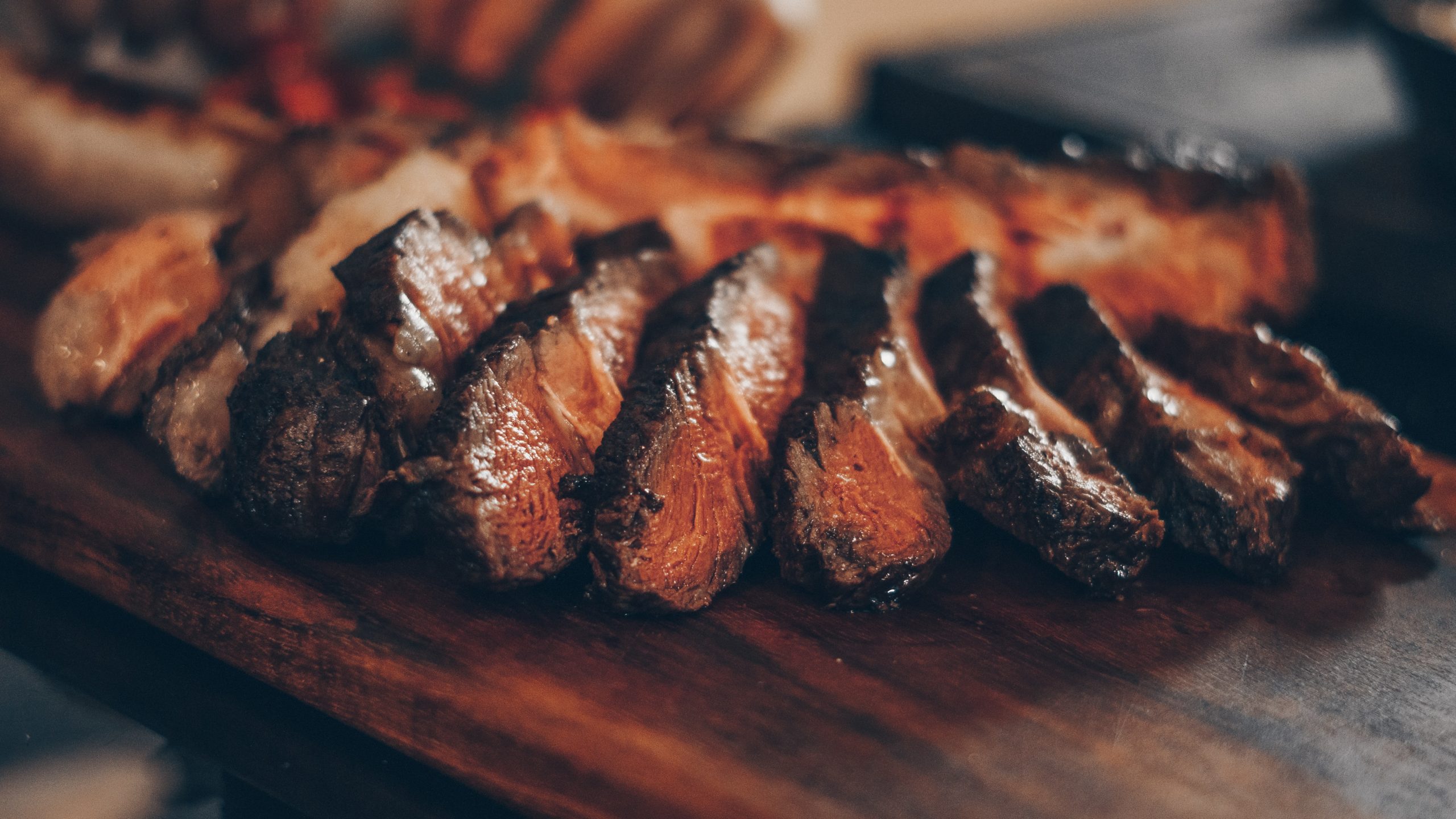Autumn is coming to an end, but we can still enjoy its gifts during the winter months. Find out what foods provide the most benefits during autumn and winter
Nutritionists have listed the healthiest autumn foods that are available to everyone. And we have compiled the top most useful of them.
1. Apples
Antioxidants and procyanidin reduce the level of bad cholesterol in the body and improve the microflora of the digestive system. Apples also reduce the risk of heart and vascular diseases.
How to eat them? They are best eaten fresh. But many people also like baked apples – cut washed apples in half, sprinkle with sugar and cinnamon, then put them in the oven. Apples can also be used to make juices, freeshes and smoothies.
2. Beetroot
Beetroots have a positive effect on the immune system, protecting the body against diseases and cells against destructive processes. The consumption of beetroot will help to cleanse the liver and blood.
How to eat them? The most beneficial way to eat beets is to add them raw to a salad. Beets can also be used for juicing, but they must be diluted with water and drunk in small portions. Beetroots can also be baked or boiled to make salads such as vinaigrette.
3. Broccoli
Broccoli contains glucosinolates which help you fight stress. The vegetable also contains antioxidants and vitamin C, so broccoli is known for its anti-cancer properties. It is also inferior to milk in calcium content – 100 g of boiled cabbage contains 180 mg of calcium, while a glass of milk measuring 100 ml. – 120 mg.
How to eat them? In a baked or boiled form. Try not to overcook it, boiling it for about 7 minutes at the most to preserve as much of its nutritional value as possible. Before cooking it is important to cut the vegetable in advance and let it sit for a while, so that it has time to produce anticancer substances.
4. Carrots
Carrots are rich in vitamin A. They have a positive effect on your eyesight and overall health. Scientists believe that the vegetable reduces the risk of stomach cancer.
How to eat them? The same way as with beetroot – preferably raw – alone or added to salads, to make juices. But they can also be boiled or baked.
5. Sauerkraut
Sauerkraut has vitamins A, E, B as well as C. It contains probiotics which improve digestion. It also relieves allergies.
How to eat it? Sauerkraut can be eaten on its own with olive oil and onions.
6. Cranberries
Cranberries are rich in vitamin C and antioxidants. They improve blood circulation and vascular health.
How to eat them? Cranberries have a characteristic sour taste, so the best way to eat them is by adding them to smoothies and teas with honey. Cranberries are also delicious in jams and jams.
7. Citrus
Autumn and winter are the hot season for citrus fruits in our country. Lemons, oranges, tangerines and grapefruit are rich in vitamins and minerals. And the fibre they contain improves digestion and promotes weight loss. Citrus fruit also strengthens your immune system.
How to eat them? Citrus fruits should be eaten fresh without peeling. You can also make fresh fruit pulps, fruit salads and add them to teas.
8. Artichoke
Artichoke stimulates the growth of probiotics in the digestive system. Its consumption reduces the risk of chronic diseases and colds. Artichoke has a distinctly unique taste, it is versatile in preparation and very rich in nutrients.
How to eat it? Young artichokes can also be eaten raw, but in most cases they are boiled in water with vinegar or lemon juice. Before cooking the artichokes, remove the top few layers of leaves, then cut the inner layers down to the middle. When ready, tear off the leaves from the outside of the artichoke, clamp the leaf between your teeth and, grasping it firmly, drag the artichoke leaf between them, thus eating the flesh. The outer tough part will remain in your hand – it is not edible (because it is tough).
9. Pears
Pears have fibre and vitamin C. They are not only a healthy fruit but also a good snack.
How to eat them? Raw, preferably separately from other foods.
10. Raspberry
Vast amounts of vitamin C in cranberries. Thanks to this, cranberry tea is the best helper in the fight against colds. Similarly, consumption of guelderries triggers blood renewal mechanisms.
How to use? Add to tea, fresh, frozen or dried. Can be made for the winter by mixing cranberries with honey and kept in the fridge.
11. Persimmon
This fruit is rich in calcium, which may improve bone health. Persimmon components also reduce the risk of cardiovascular diseases. Persimmons contain a lot of vitamin A, which is an important antioxidant.
How to consume? The best option is to eat persimmons fresh. Most importantly, do not eat ripe persimmons, which taste astringent.
12. Pumpkin
Pumpkin flesh contains the most important micronutrients – potassium, calcium, magnesium, phosphorus. And vitamins B1, B2, B12, PP. But pumpkin is especially rich in provitamin A – beta-carotene. The fibre in pumpkin normalises blood sugar levels and fills the body with energy.
How to eat it? There are many ways to eat pumpkin: raw (certain varieties taste like melon), stir-fry, bake, boil, make side dishes and puree soups.
13. Brussels sprouts
This kind of cabbage reduces the chances of cancer as it contains glucosinolates. Also, regular consumption of this type of cabbage helps reduce bad cholesterol levels.
How to eat it? Sauteed Brussels sprouts are used in second courses, salads, soups, side dishes to fish and meat, for frozen vegetable mixes, for pickled assorted vegetables.
14. Salmon
Salmon contains omega-3 fatty acids. The product reduces the risk of stroke and heart attack. It improves vascular and CNS health.
How to eat it? The healthiest option is to bake the fish with a splash of lemon juice.
15. Walnuts
Walnuts have antioxidants, healthy fats, proteins and fibre. The product normalises blood pressure and reduces the risk of developing chronic diseases. Walnuts also improve mental performance.
How to eat them? It is recommended to eat 7 walnuts daily to maintain your health. For better digestion they can be soaked in water for about 30 minutes to aid digestion.
The above mentioned products are an affordable way for everyone to improve their health and protect themselves from unsafe diseases. Take advantage of the gifts of autumn and your body will thank you.






